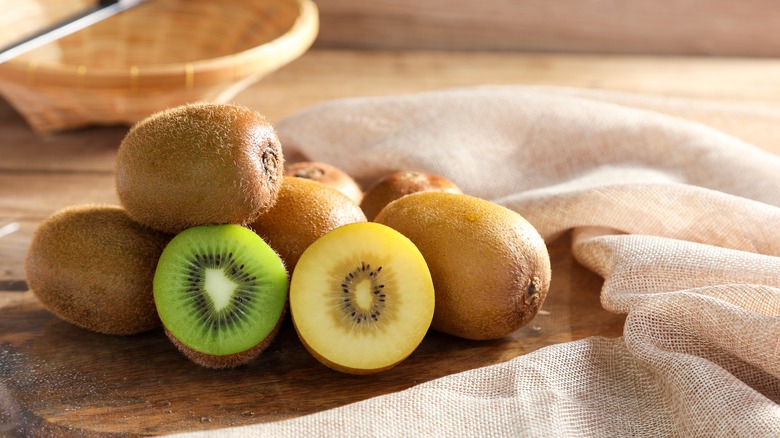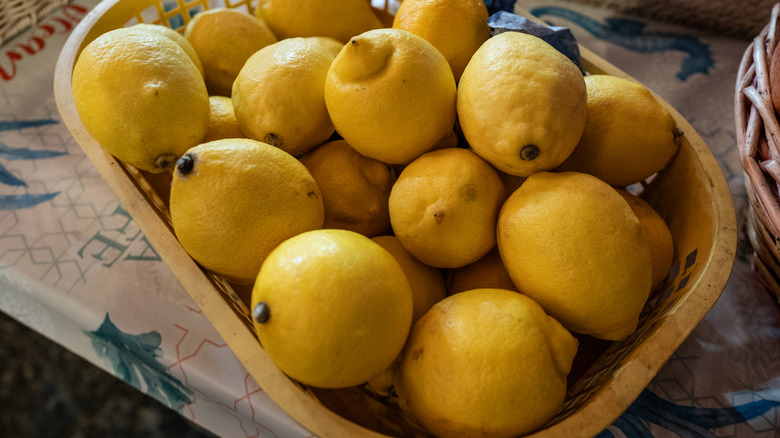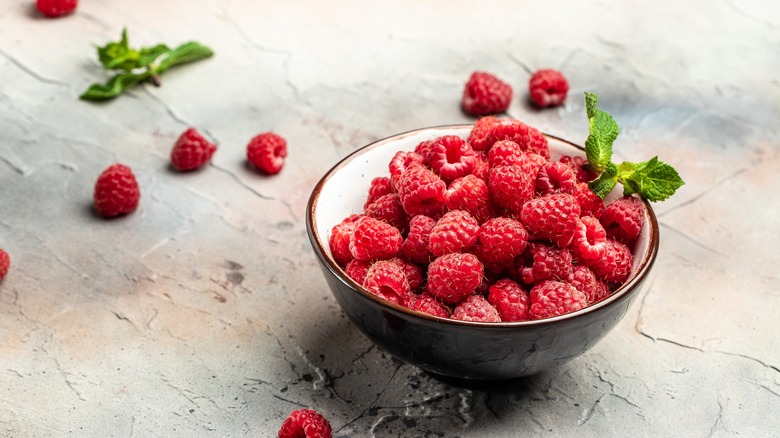Why Hairy Fruits Are Juicier
Keeping fruit fresh and delicious can sometimes require a lot of work, both on the part of the distributor and on the part of the consumer. But there's also a lot of biology that makes your favorite produce taste great when you pick it up from the grocery store.
Have you ever noticed that some favorites like raspberries, peaches, passion fruit, kiwis, gooseberries, lychees, and even tomatoes are studded with tiny, white-ish, translucent hairs? It's not mold, nor is it any kind of defect. In fact, this curious fuzz plays a crucial role in keeping your fruit fresh and tasty and also protected from outside contamination and pests. It's actually so common that you might not realize this feature on the surface but, in fact, the hairier the fruit, the juicier it might be.
These little hairs are referred to as trichomes. Some act as a type of gland for the fruit, releasing chemicals and essential oils that both keep the fruit safe from infection while also helping them hold in moisture.
How trichomes work to keep fruit tasting great
Too much moisture can be a bad thing for fruit. For example, storing berries in unbreathable plastic Tupperware or in a moist, unventilated room on a hot day are sure ways to speed up the development of mold. But a certain level of moisture retention is key to keeping fruit edible.
Trichomes are key to this process. Without them, fruits like kiwis and peaches would be sapped dry by their environments before we ever got to eat them. The hairs also store a lot of the essential oils that give fruits their flavor, most famously in citrus fruits. When aggravated, these trichomes release a smell that bugs dislike, but that humans, strangely enough, love.
Other types of trichomes are non-glandular, and provide a security function thanks to their shape or texture. They may be hooked in order to trap or deter bugs from eating the plant. In the case of stinging nettles, they may even contain small amounts of irritating poison.
How to tell which fruits are the juiciest
In order to make sure that you are getting the juiciest possible fruits, there are a few things you can do to make sure you don't end up with shriveled strawberries or rotten apples. For berries, color is the key to juiciness. When choosing the tastiest blueberries, make sure that they are blue with a pale white sheen, which means they are perfectly ripe. Similarly, for juicy strawberries, you want them to be bright red, not pale with white or green edges. Raspberries and blackberries should have a rich color without light or dark spots.
For melons, weight is a better indicator of how juicy they are. When choosing a watermelon at the store, it should feel heavy for its size. This is true of all melons and indicates that they are fully ripe. All that weight? It's the juice.
For stone fruit, check the texture. Plums, peaches, and apricots should be soft. If you imagine that you could pop your thumb into the fruit and get all the way to the pit without much resistance, then your stone fruits are ready to eat.



